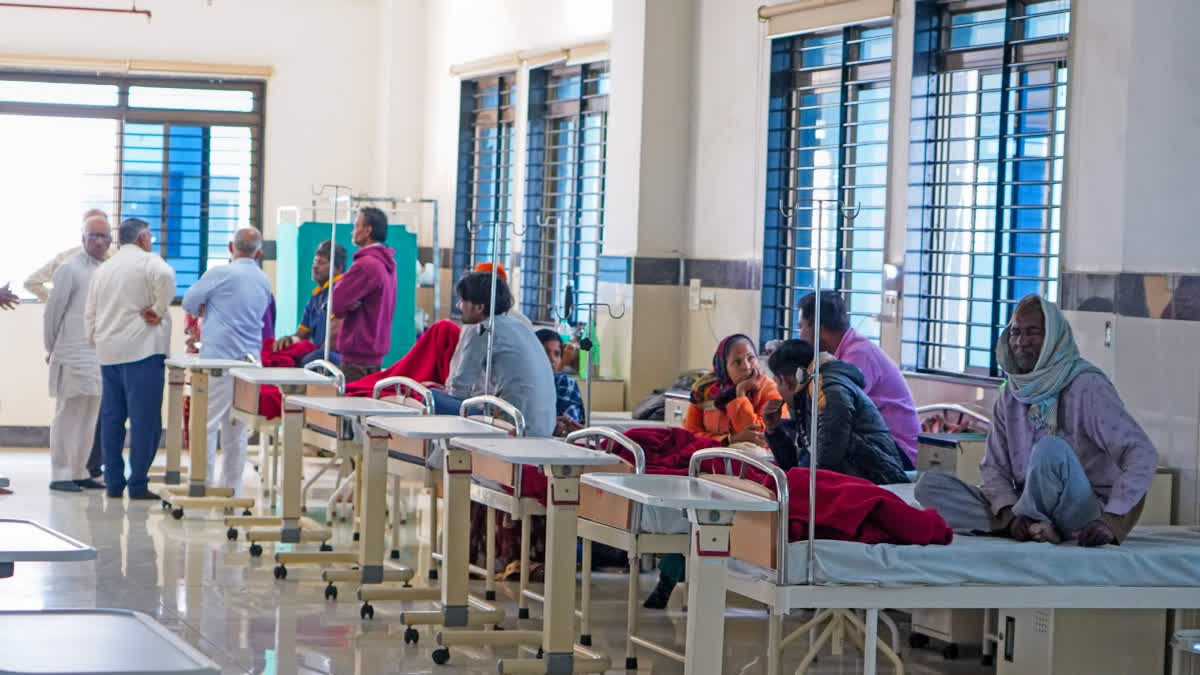New Delhi: A study by the Indian Council of Medical Research has revealed that the surgical site infection (SSI) rate among three major hospitals in India was higher than in many high-income countries.
According to WHO, surgical site infections are caused by bacteria that get in through incisions made during surgery. They threaten the lives of millions of patients each year and contribute to the spread of antibiotic resistance. In low- and middle-income countries, the WHO says that 11% of patients undergoing surgery are infected.
The ICMR study was conducted in a cohort of 3,020 patients from three hospitals. SSIs are among the most prevalent healthcare-associated infections. Debridement surgery, carried out with either an amputation, open reduction internal fixation surgery (ORIF), or closed reduction internal fixation (CRIF) surgery, had the highest SSI rate of 54.2 per cent.
SSIs cause significant morbidity, leading to excess health expenditures and increased length of hospital stay. There is a lack of data on post-discharge SSIs from low-and middle-income countries. In India, no surveillance system exists for SSIs that covers the post-discharge period.
"Therefore, we proposed a multicentric analysis to estimate the proportion and identify the risk factors associated with SSIs occurring during hospital stay and after discharge," the study said.
A prospective multicentric cohort study was conducted at Jai Prakash Narayan Apex Trauma Centre (JPNATC), Kasturba Hospital (KMC) in Manipal, and Tata Memorial Hospital (TMH) in Mumbai.
The study showed the SSI rate to be higher at the three hospitals as compared to many high-income countries, where it varies typically between 1.2 and 5.2 per cent.
"The rate in our study was lower than that reported in Gujarat (8.95 per cent) and higher than the one from Dehradun (5 per cent) in India, as well as Iran (17.4 per cent), Egypt (17 per cent) and Pakistan (7.3 per cent)," one of the researchers said.
The authors claimed their study was India's first multicentric systematic surveillance effort, which monitored patients for six months after they had undergone various conventional surgical procedures.
A total of 161 out of 3,090 patients acquired SSI, resulting in a 5.2 per cent SSI incidence. Clean, polluted wound class and surgeries lasting longer than 120 minutes were substantially linked to an increased risk of SSI.
The study revealed that patients who developed SSIs experienced longer hospital stays. Post-discharge surveillance helped with the detection of 66 per cent of SSI cases. Combination surgeries were seen to increase the risk of SSIs in patients. So post-discharge surveillance assisted in diagnosing 50 per cent of SSI patients. (Agency inputs)
Read More



